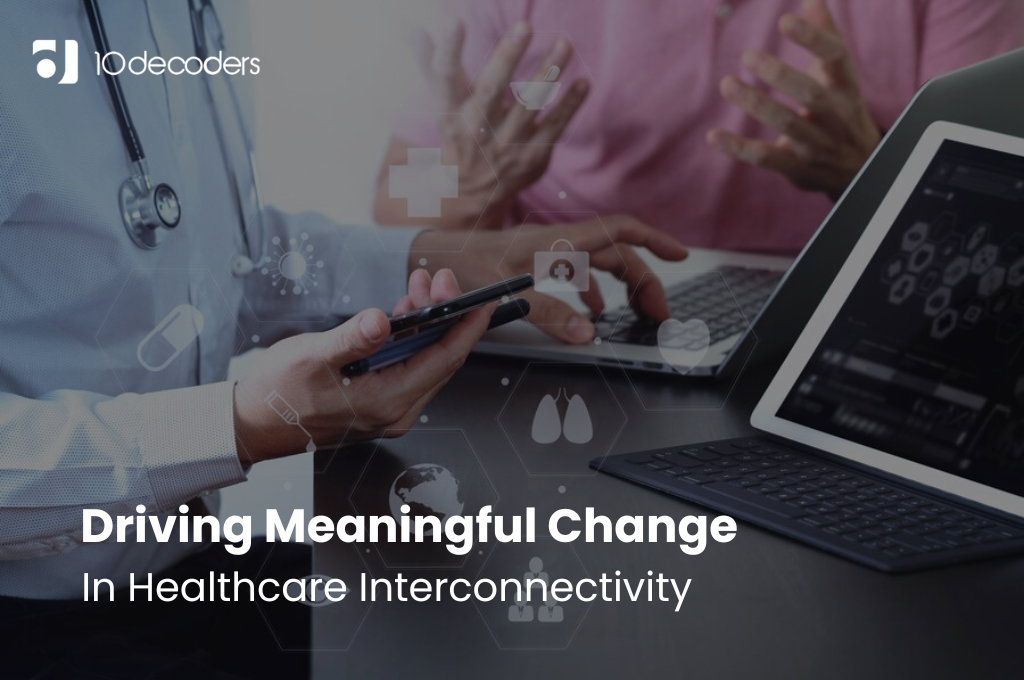Driving Meaningful Change in Healthcare Interconnectivity
Introduction
In the ever-evolving landscape of healthcare, technology has emerged as a formidable force propelling the industry towards a future where patient-centricity is paramount. The journey towards interconnected healthcare began with a collaborative effort, marking a significant step towards interoperability. As we delve into the intricacies of this transition, it becomes apparent that technology is not only driving progress but is also laying the foundation for improved quality and cost-effectiveness in care delivery.
Unveiling a New Chapter in Healthcare Interoperability
The watershed moment in the transition to interconnected healthcare took shape through a cooperative venture among major healthcare IT corporations. This effort aimed to break down the data silos in the industry. Industry leaders emphasized how this collaboration would lead to broad industry interoperability, a crucial step towards enhanced care delivery.
Subsequently, the Centers for Medicare and Medicaid Services (CMS) implemented rules to ensure continuous progress in healthcare connectivity. The Interoperability and Patient Access final rule, enforced from July 1, 2021, facilitates better patient access to health information, tearing down barriers in the nation’s health system. The Transparency in Coverage final rule mandates health plans to provide price and cost-sharing information upon member request, promoting transparency and empowering patients in their healthcare decisions.
Paying the Way for Healthcare Connectivity With Regulations
Two significant regulatory/government rules, one aiming to provide secure access to health information at no cost through APIs, and the other protecting consumers from unexpected charges by out-of-network providers within covered facilities, have played instrumental roles in advancing healthcare connectivity. Simultaneously, these regulations prevent information blocking by healthcare providers, ensuring clarity in healthcare processes.
Shaping the Future of Healthcare Through Collaborative Transformation
Interoperability in healthcare has been growing for years, and now, both health plans (payers) and providers must continue working together to advance and improve the patient experience. For consumers, safe, easy access to their healthcare information is the path to better-informed care decisions.
The larger issue lies in the choices that payers and providers make. They can either do the minimum to remain compliant or embrace the opportunity to drive meaningful change, creating a strategic differentiator that helps them grow their businesses. Those that choose the latter path will find themselves at a competitive advantage, offering enhanced value propositions for employers and members. Embracing regulatory changes as opportunities can help build a better member/patient experience.
To Sum Up
In the relentless pursuit of healthcare progress, the journey towards interconnectedness is both a challenge and an opportunity. The collaborative efforts, regulatory rules, and technological advancements are converging to create an environment where patients can expect better, more informed care decisions. The interconnected future of healthcare is not just a technological evolution; it is a paradigm shift towards putting patients first, where accessibility and transparency redefine the healthcare experience. As we navigate this transformative landscape, the choice for healthcare stakeholders is clear – embrace connectivity, drive meaningful change, and contribute to a future where healthcare is truly patient-centric.



